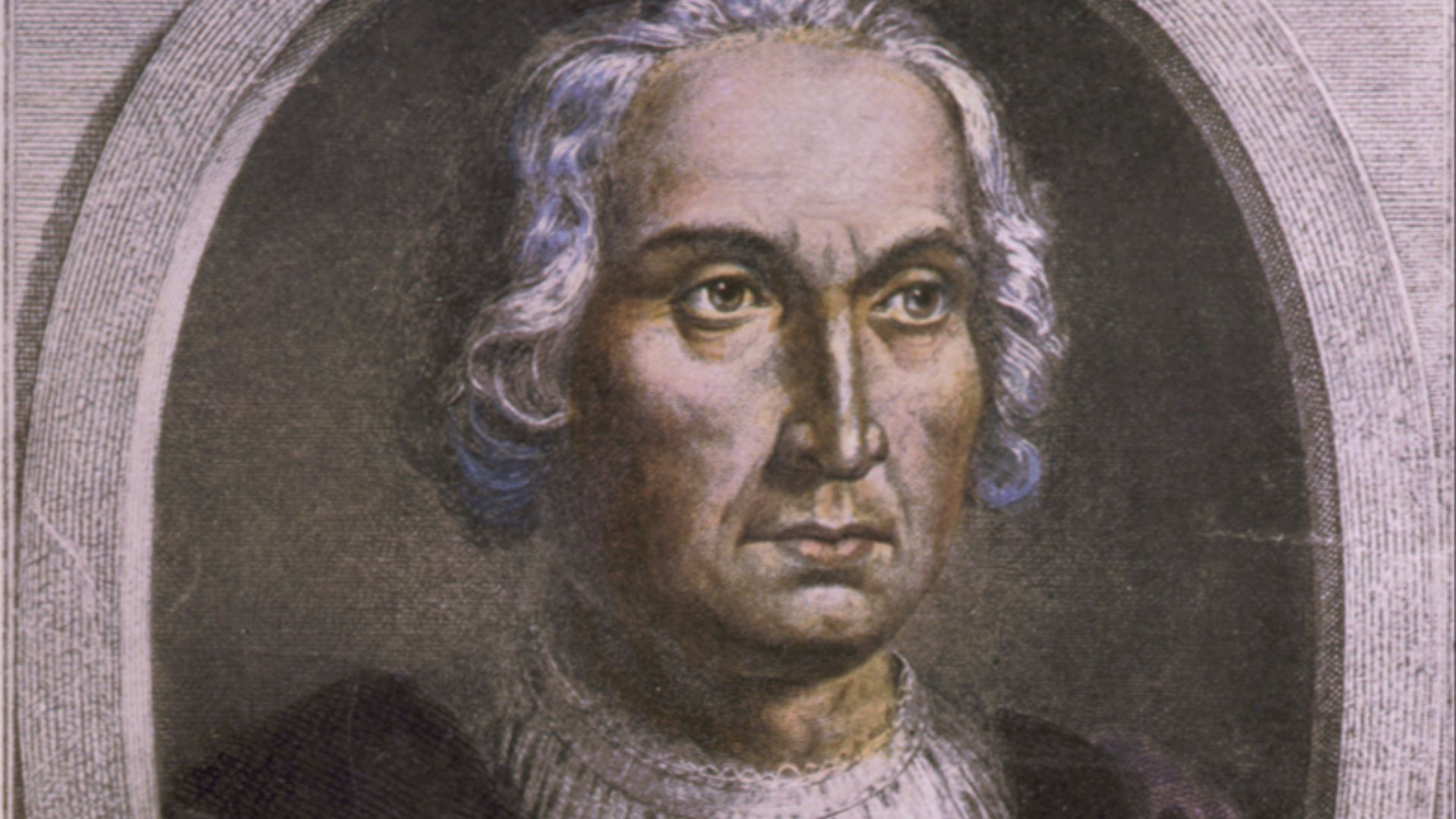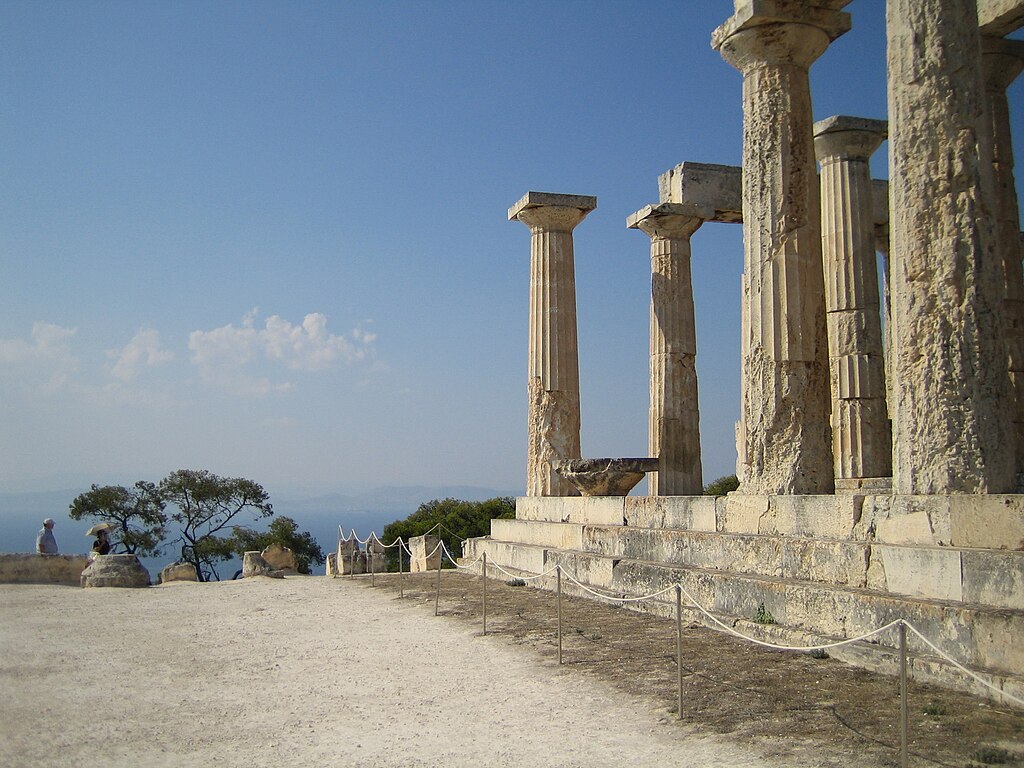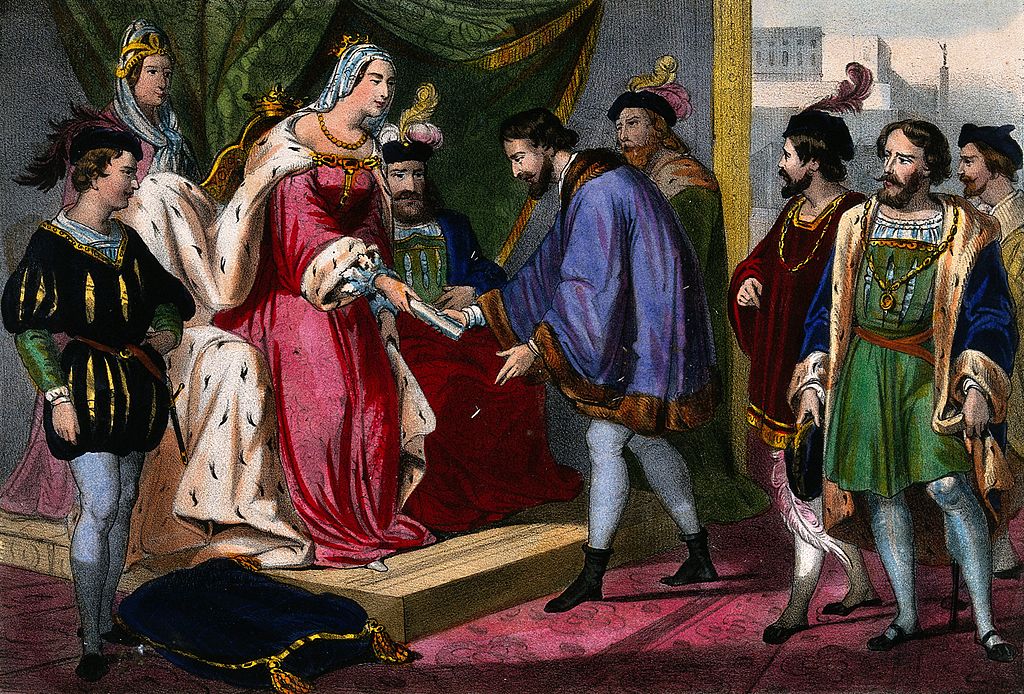20 Lesser-Known Facts About Christopher Columbus You Don't Learn In School
20 Lesser-Known Facts About Christopher Columbus You Don't Learn In School
In 1492, He Sailed The Ocean Blue
Christopher Columbus is often painted as somewhat of a hero in North America because of his work discovering the place we call home. We all think we know about him but there are plenty of lesser-known, sometimes less-than-glamorous facts about him that they don't teach in school. Well, we're here to spill the beans about the real Columbus: here are 20 lesser-known truths.
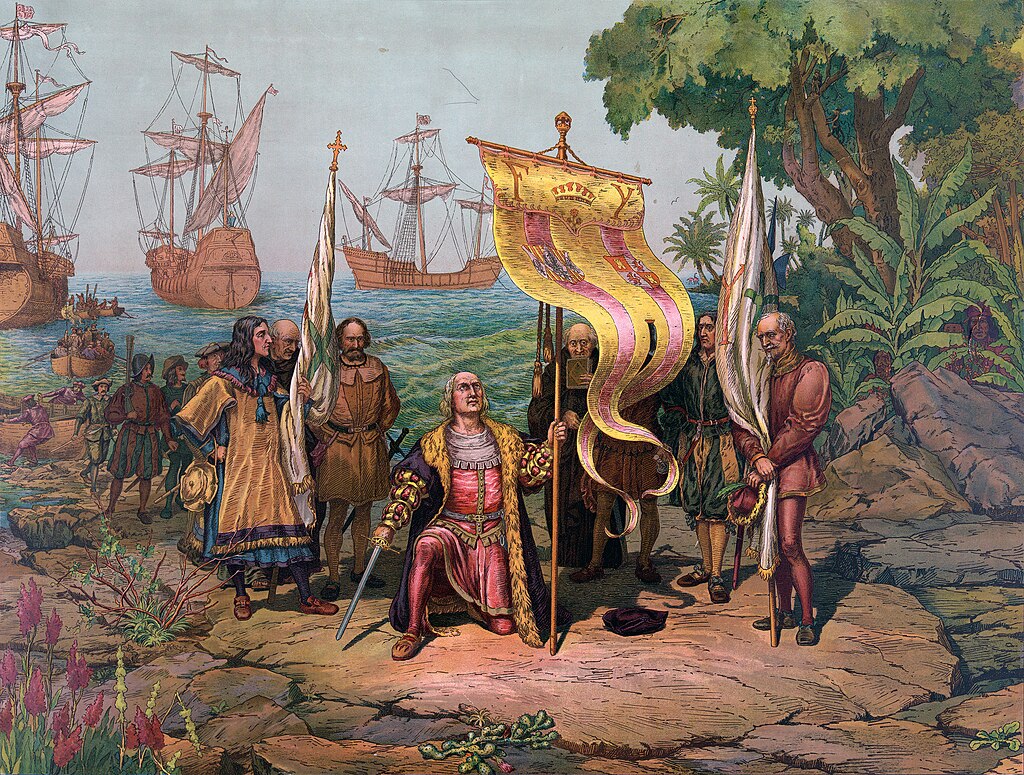 L. Prang & Co. on Wikimedia Commons
L. Prang & Co. on Wikimedia Commons
1. He Stole Gold
One of the big reasons why he wanted to go to Asia in the first place was to find the Japanese gold Marco Polo wrote about. Although Columbus never struck the jackpot when it came to this precious metal, it didn't stop him from stealing any modest bits the Indigenous Americans had.
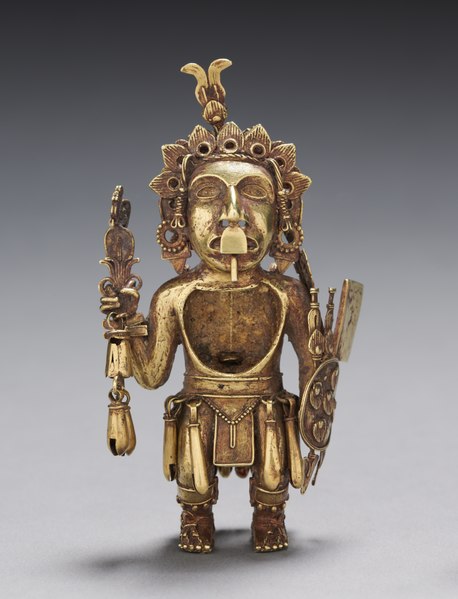 Cleveland Museum of Art on Wikimedia Commons
Cleveland Museum of Art on Wikimedia Commons
2. He Kidnapped People
After not finding many of the Asian wares he expected, Columbus kidnapped over 500 indigenous and sent them back to Spain as a commodity. As slavery wasn't at that time a common practice in Europe, Queen Isabella of Spain was reportedly scandalized and rejected his offer.
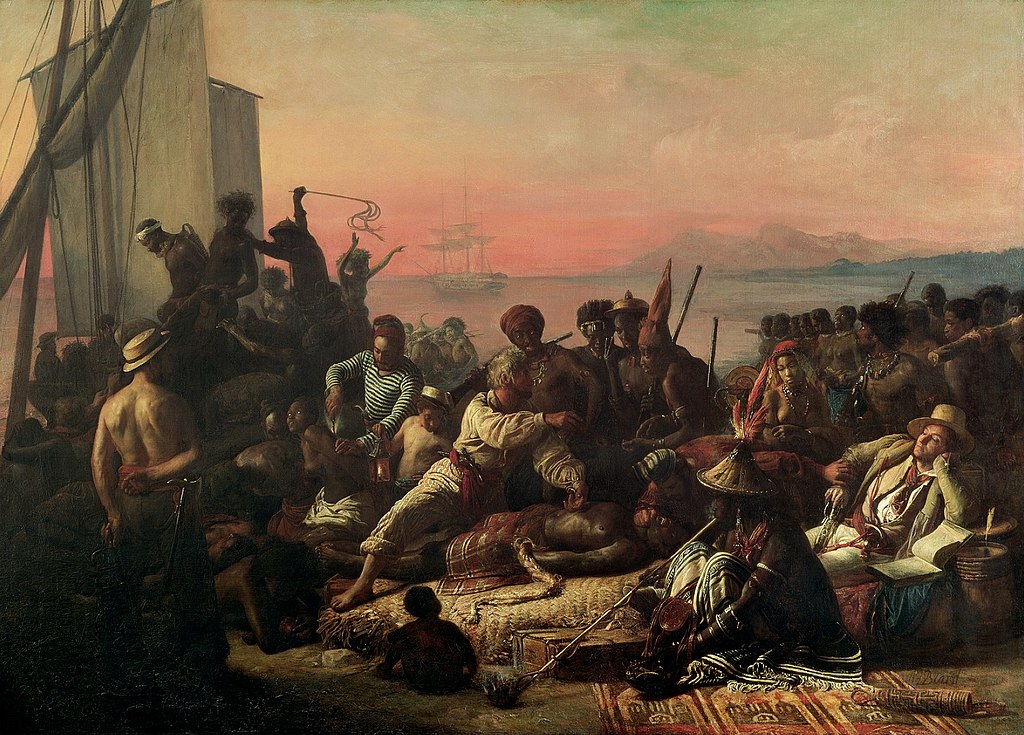 François-Auguste Biard on Wikimedia Commons
François-Auguste Biard on Wikimedia Commons
3. He Thought the Earth Was Very Small
Although he studied mathematics, it's probably safe to say it wasn't his strong suit as he vastly undercalculated the distance from Spain to Japan. He thought it was 2,400 miles when in fact it's more like 11,000.
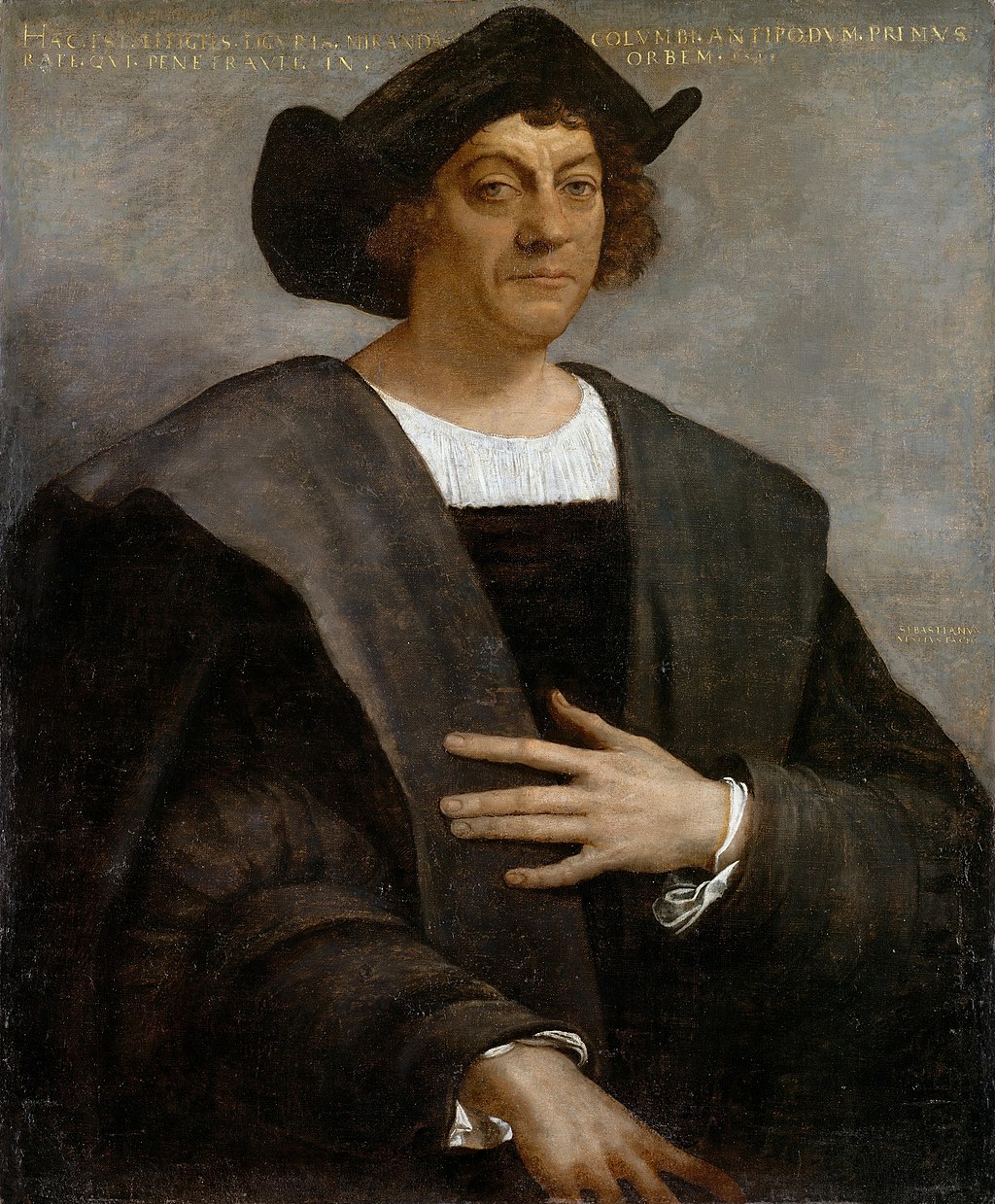 Sebastiano del Piombo on Wikimedia Commons
Sebastiano del Piombo on Wikimedia Commons
4. He Didn't Set Out to Prove the World Was Round
Most of us were taught in school that the purpose of Columbus's voyage was to prove the earth was round. In fact, that had already been well-established by the ancient Greeks.
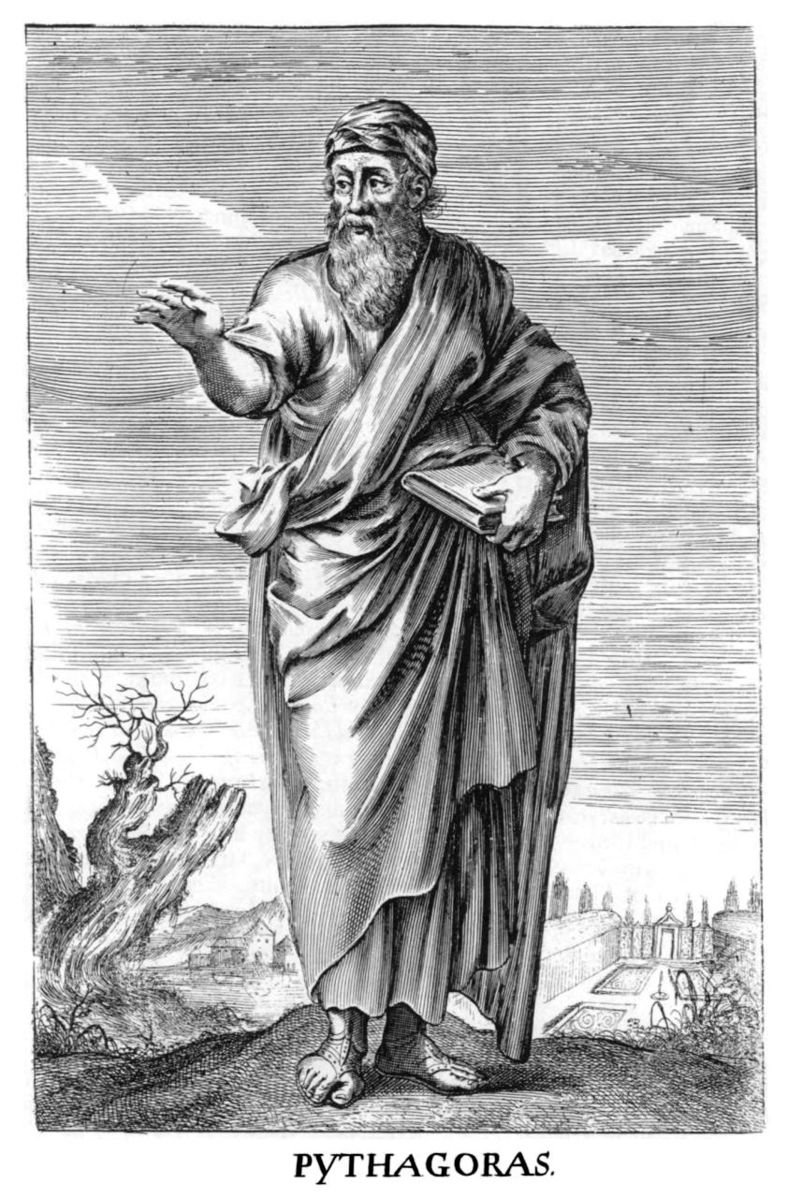 Unknown author on Wikimedia Commons
Unknown author on Wikimedia Commons
5. He Thought the Earth Was Pear-Shaped
Based on his readings of the angle of the North Star, Columbus suggested the earth was pear-shaped back in 1498. This may sounds crazy but it's actually a theory shared with Isaac Newton and Christiaan Huygens and there may be some truth to it.
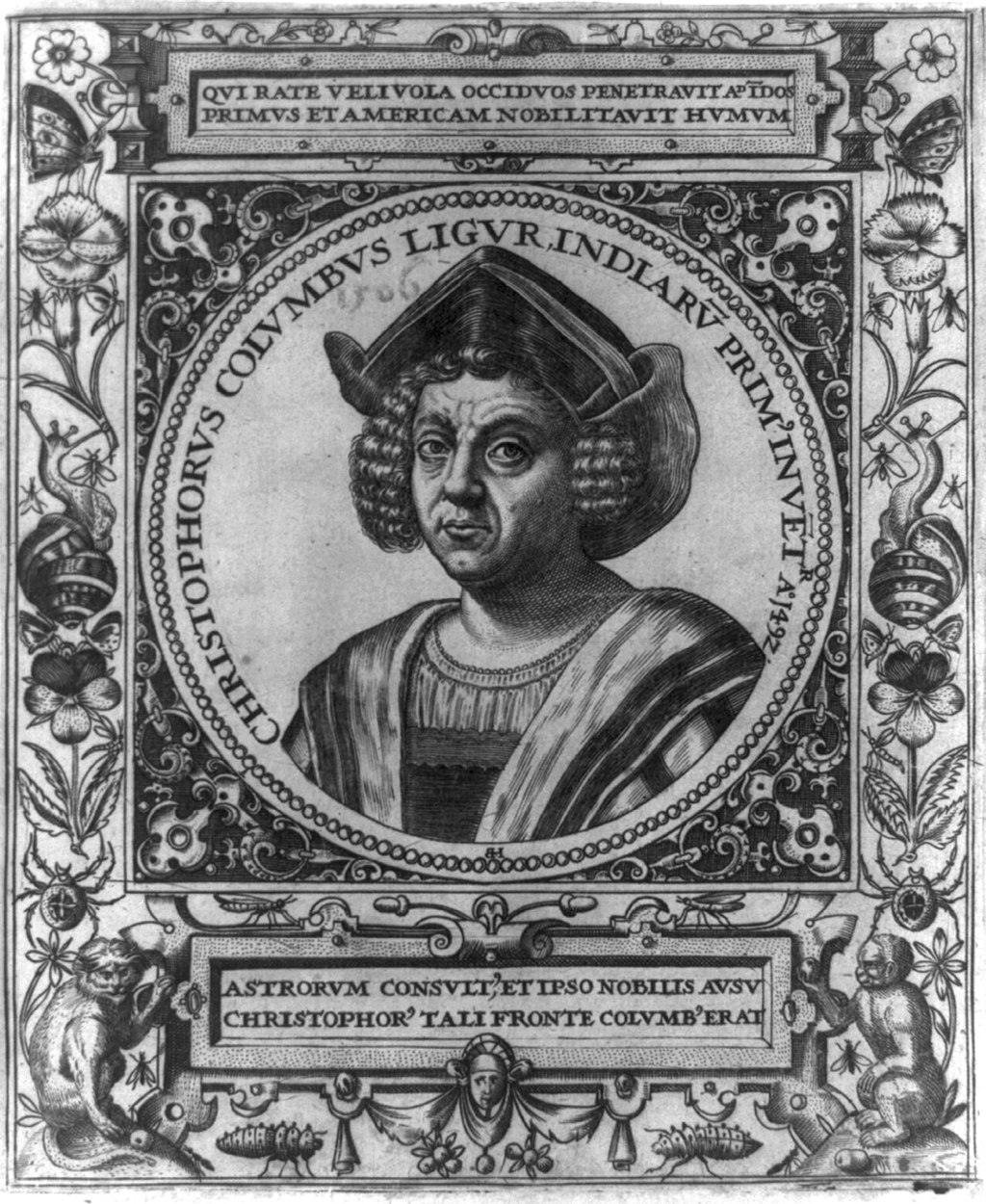 Library of Congress on Wikimedia Commons
Library of Congress on Wikimedia Commons
6. He Didn't Discover America
Even if you put aside the obvious fact that there were already scores of Indigenous people in the Americas, Columbus still wasn't the first person to discover them. Historians agree the Viking Leif Erikson beat him to it about five centuries sooner.
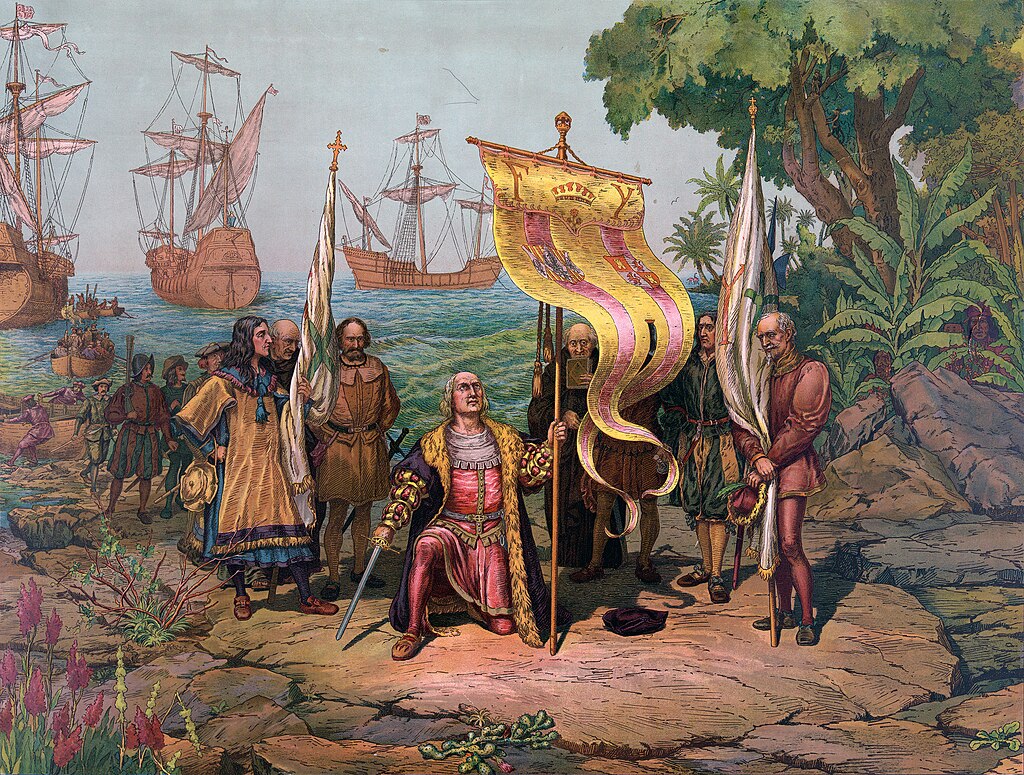 L. Prang & Co. on Wikimedia Commons
L. Prang & Co. on Wikimedia Commons
7. He Always Thought the Americas Were Asia
You might reasonably think that Columbus would've eventually realized that the land he discovered wasn't really Asia. However, he died still believing that his discovery was nothing more than a shortcut to Asia.
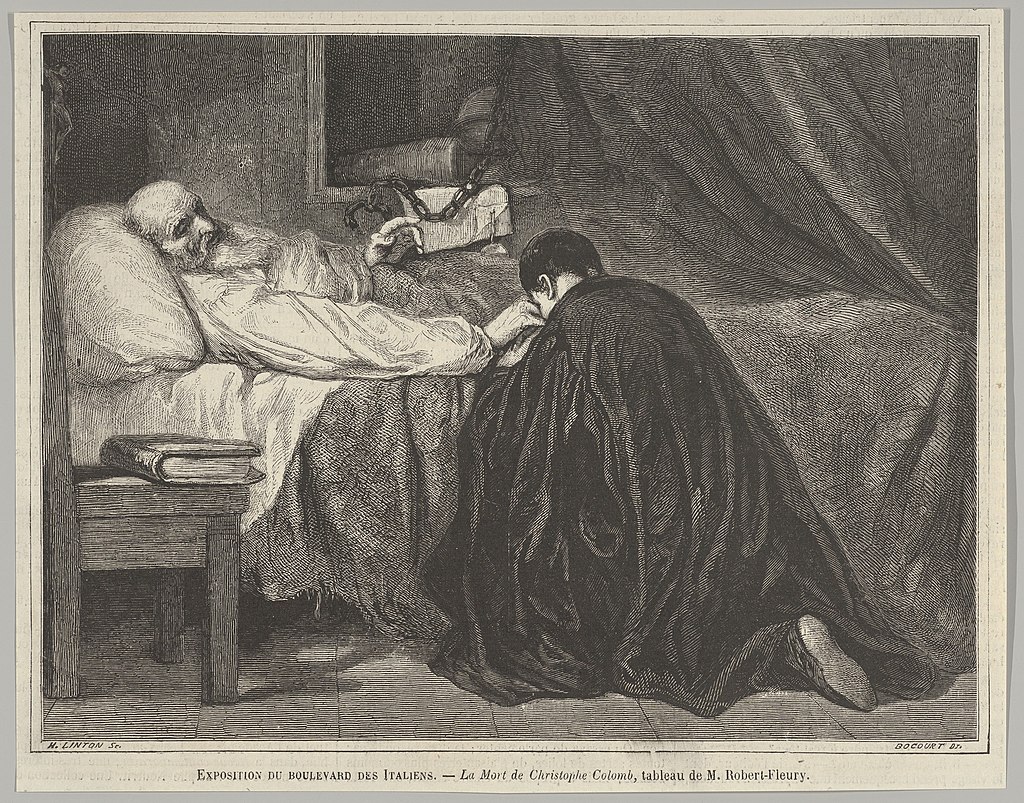 Henry Linton on Wikimedia Commons
Henry Linton on Wikimedia Commons
8. He Was Arrested
At some point, a Spanish officer was sent to the Americas to assist Columbus and what he found was total mayhem. A cocky Columbus refused to follow the officer's orders and was thus brought back across the Atlantic in shackles.
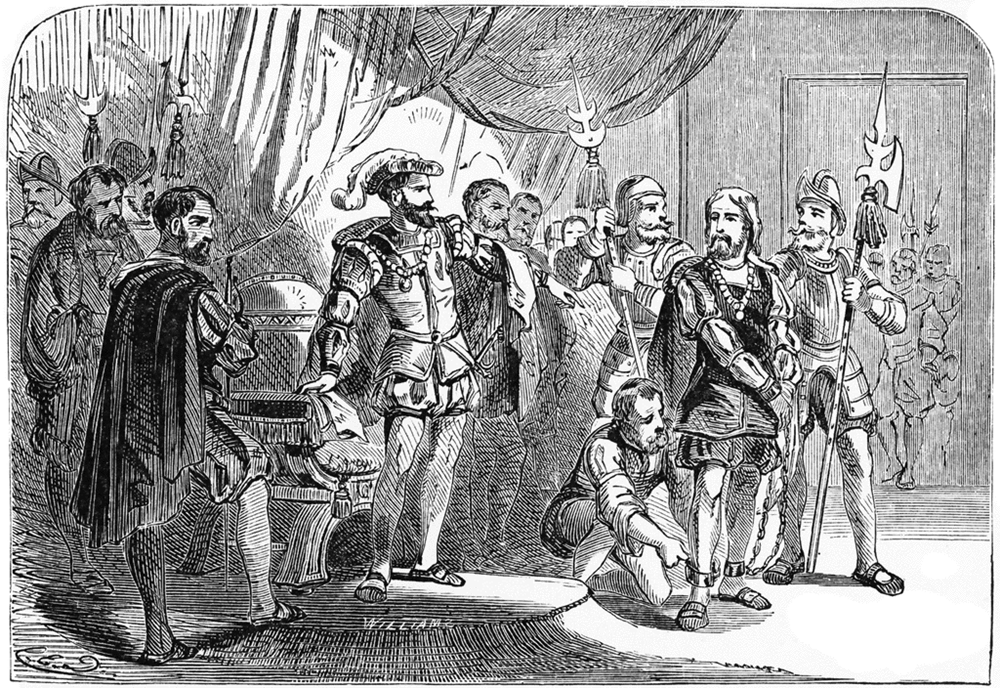 Benson John Lossing on Wikimedia Commons
Benson John Lossing on Wikimedia Commons
9. He Was Far From the First European to Cross the Atlantic
Aside from Leif Eriksson, there's some evidence to suggest Ireland’s Saint Brendan and other Celtic explorers managed to cross the sea before Columbus. Regardless, Columbus day is a celebrated holiday in the US, even though he didn't even touch mainland America as Eriksson did.
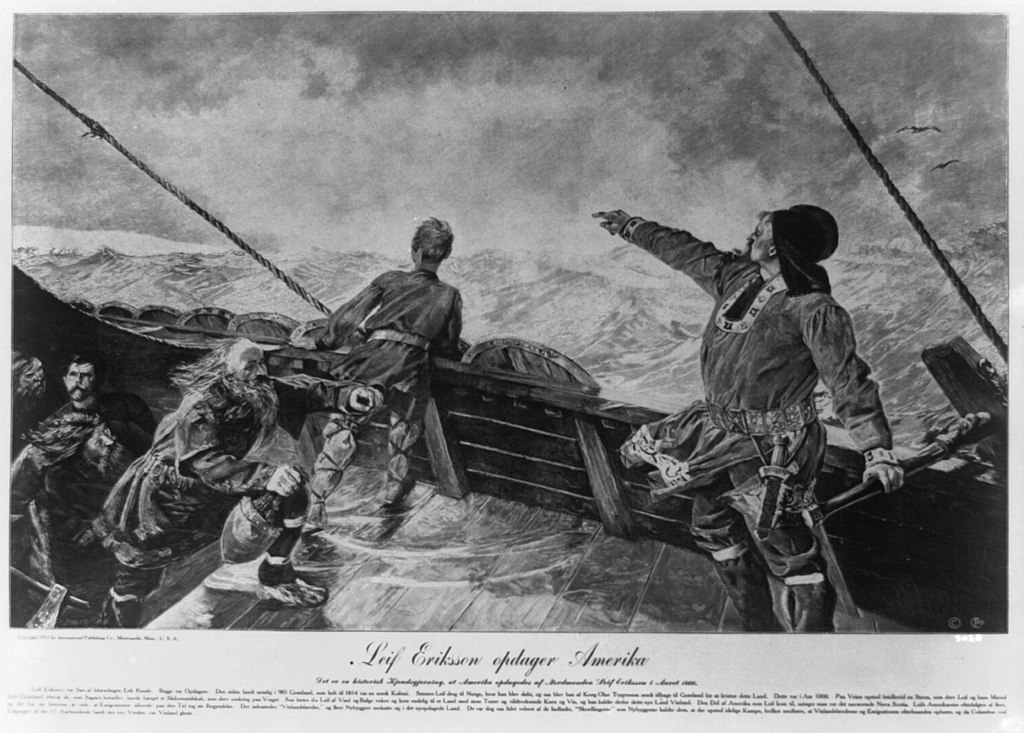 Krohg, Christian on Wikimedia Commons
Krohg, Christian on Wikimedia Commons
10. Three Countries Refused to Bankroll his Voyage
Columbus had to do a fair bit of lobbying to get funding for his voyage, getting turned down by France, England, and Spain at first. The rejections were largely due to other experts disagreeing with his calculations, accusing him (rightly) of under-estimating the circumference of the planet.
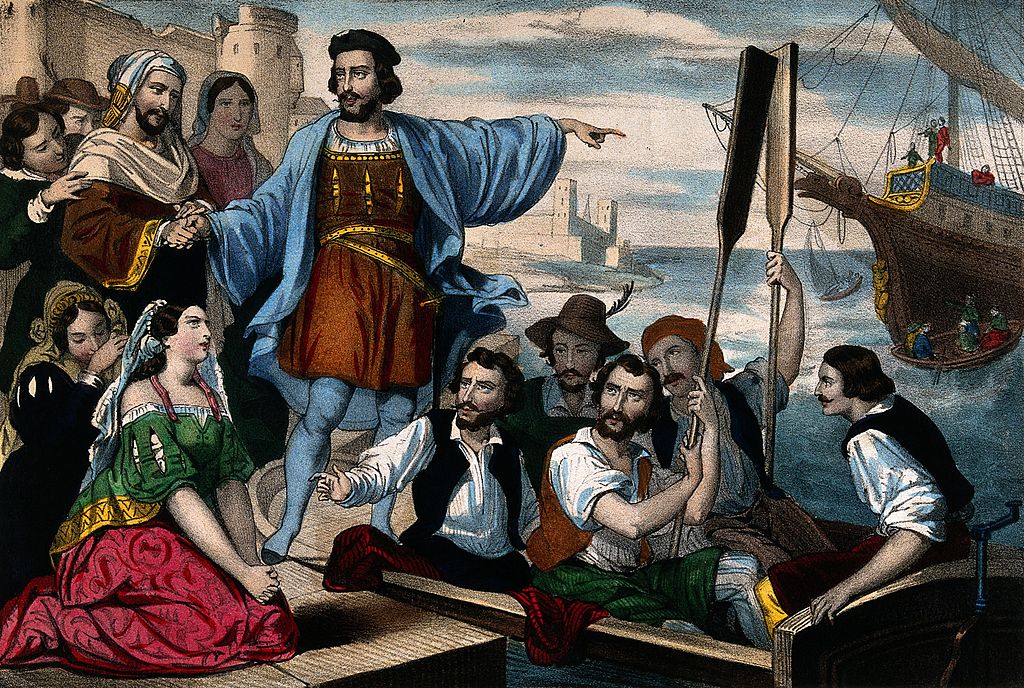 Wellcome Collection gallery on Wikimedia Commons
Wellcome Collection gallery on Wikimedia Commons
11. His Ships Were Named After Ladies of the Night
It was common practice to name ships after saints in those days. However, Columbus and his cheeky sailors took a different route, naming their ships after famous ladies of the night.
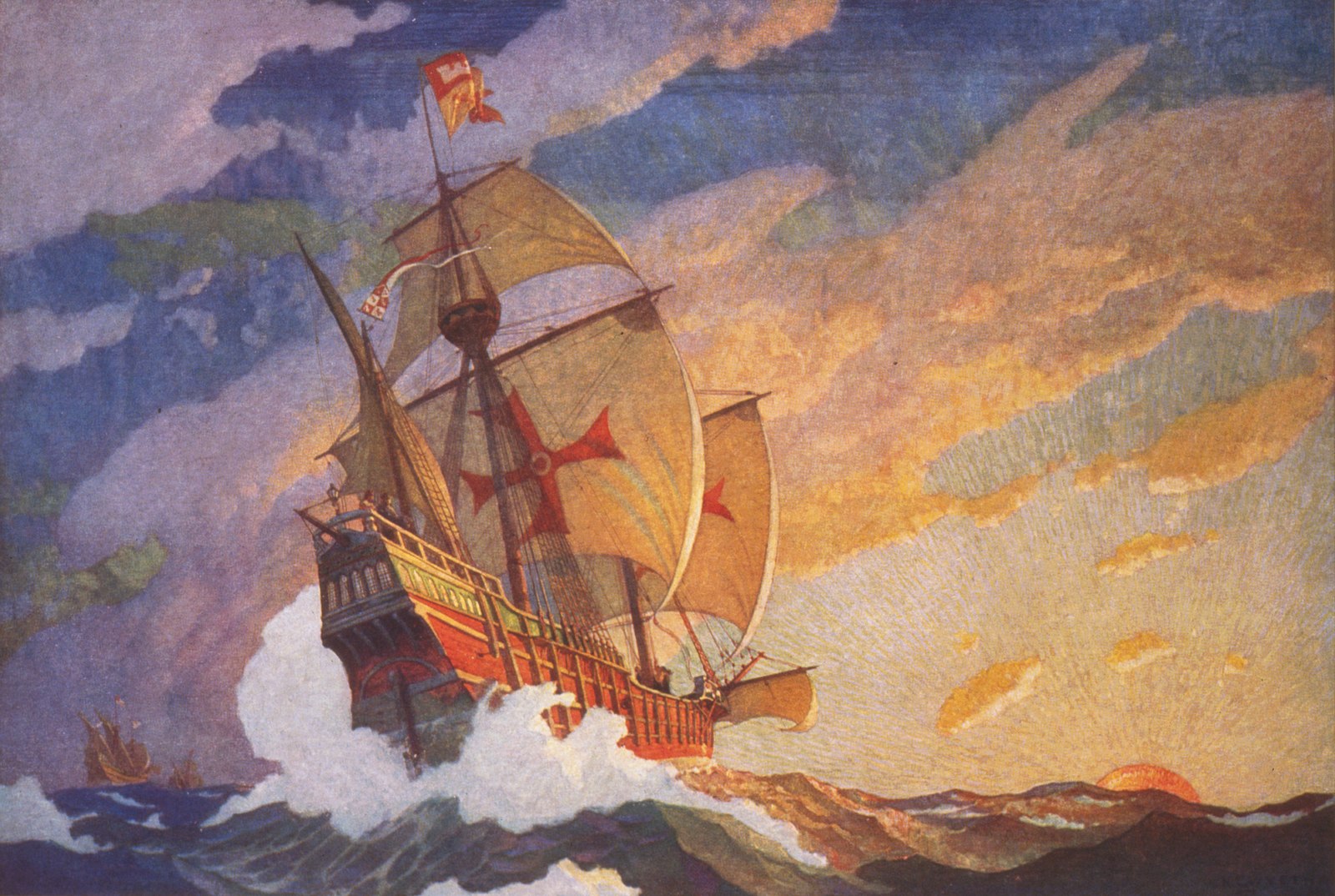 N. C. Wyeth on Wikimedia Commons
N. C. Wyeth on Wikimedia Commons
12. 40 of His Crew Stayed Behind to Start a Colony
Columbus left 40 of his crew to stay behind in the new world to live amongst the indigenous and start a colony. Unfortunately, by the time someone came back to check on them, they had all perished.
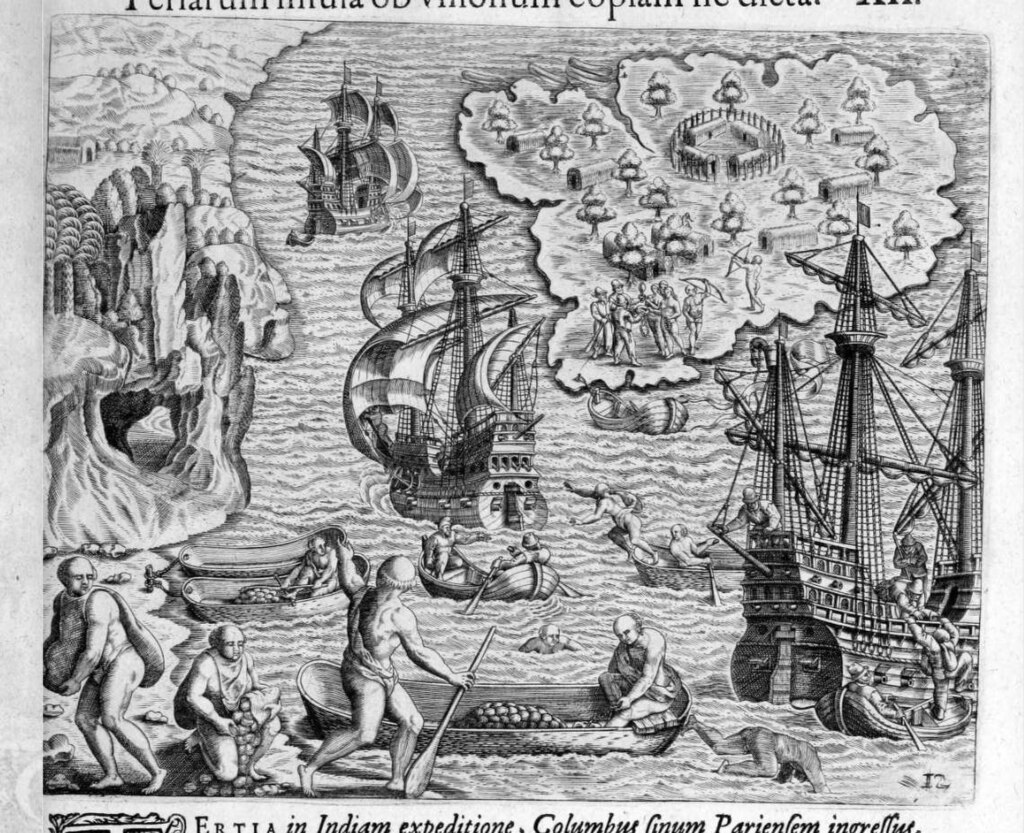 Theodor De Bry on Wikimedia Commons
Theodor De Bry on Wikimedia Commons
13. The Santa Maria Sank
One of his three ships, The Santa Maria didn't make the voyage. It crashed into a coral reef and wrecked near Haiti on Christmas Eve leaving the crew scrounging to salvage its cargo all Christmas.
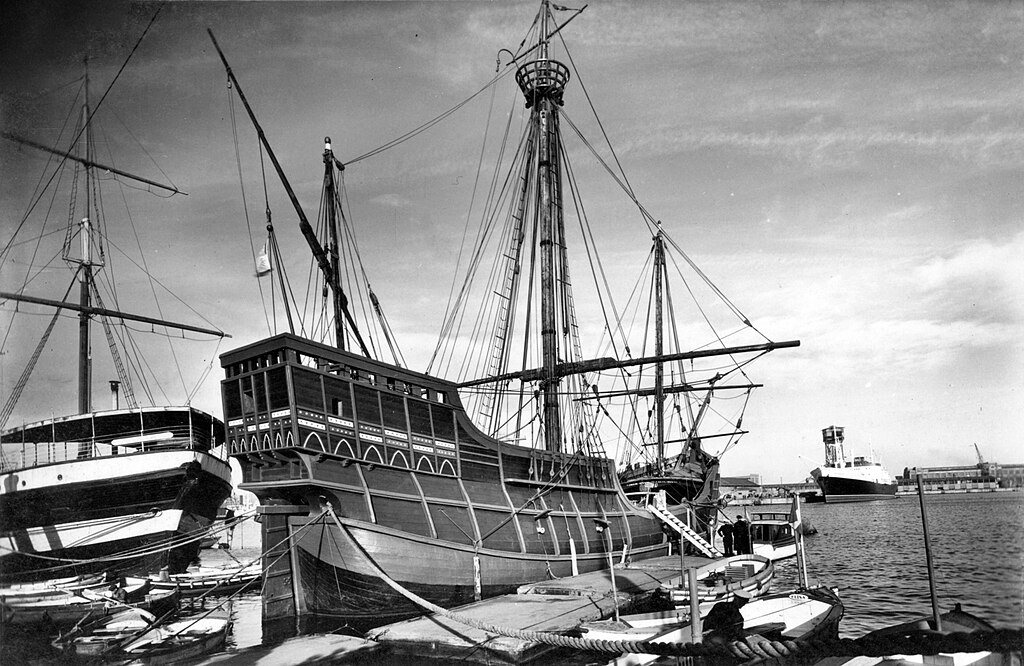 Digital scan of photograph on Wikimedia Commons
Digital scan of photograph on Wikimedia Commons
14. He Made Four Voyages to the Americas
Despite his famous 1492 journey being the best-known, he made the trek across the ocean four times, always expanding further into the continent. He visited the Caribbean islands, South America, and Central America on his journeys.
15. His Heirs Fought the Spanish Crown For 300 Years
After his death, Columbus's heirs entered into a lengthy legal battle with the Spanish monarchy over what they believed they were owed from his explorations. The proceedings weren't fully resolved until 1792, a whole 300 years after his initial voyage.
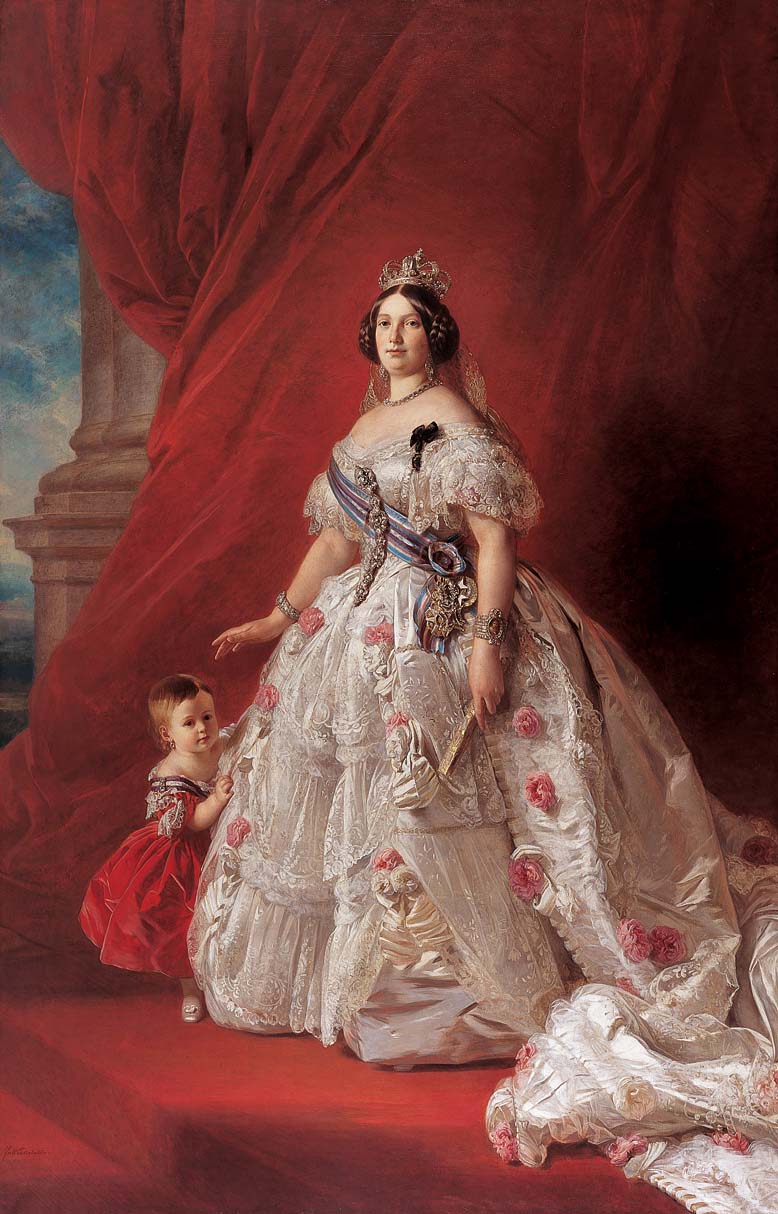 L. Prang & Co. on Wikimedia Commons
L. Prang & Co. on Wikimedia Commons
16. He Was Driven By Greed
In school, we're taught a rather idyllic version of Columbus as an adventurous genius with an insatiable curiosity. In fact, he was obsessed with gold and riches which were the entire motivation of his journey.
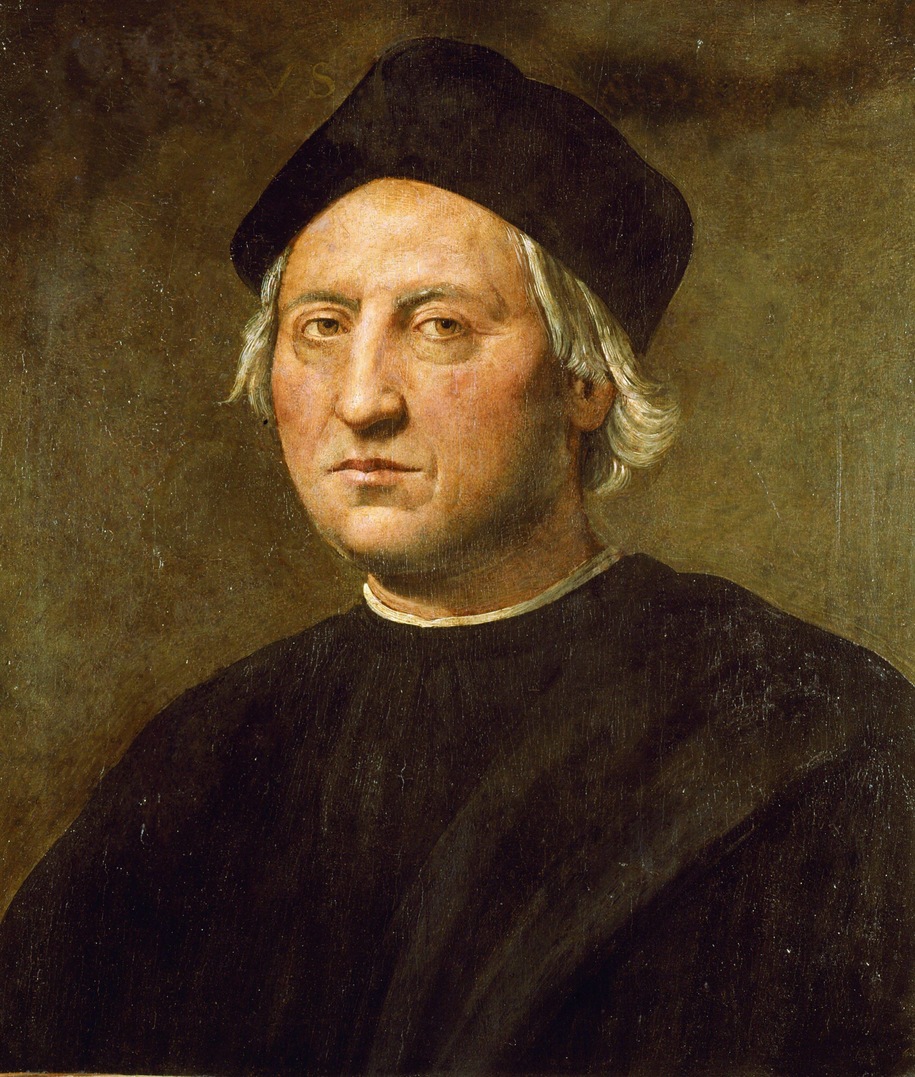 Ridolfo del Ghirlandaio on Wikimedia Commons
Ridolfo del Ghirlandaio on Wikimedia Commons
17. He Was a Ruthless Leader
There's an enormous amount of evidence suggesting Columbus was a notorious tyrant, even compared to the time frame in which he lived. First hand accounts tell of the tremendous suffering he inflicted upon Indigenous Americans and Spanish subjects alike.
18. The Closest He Ever Got to Asia Was the Greek Islands
Columbus would probably be rolling in his grave at the fact that he never even got close to Asia. The closest he got was the Greek island of Khios on an expedition as a young sailor.
19. He Was Attacked by Pirates
Columbus's career as a sailor was cut short when pirates attacked the fleet of ships he was crewing. He managed to escape with his life, clinging onto a plank of wood and eventually floating ashore Portugal. It was then that he decided to leave sailing and study cartography which eventually planted the seed of his idea to navigate west to Asia.
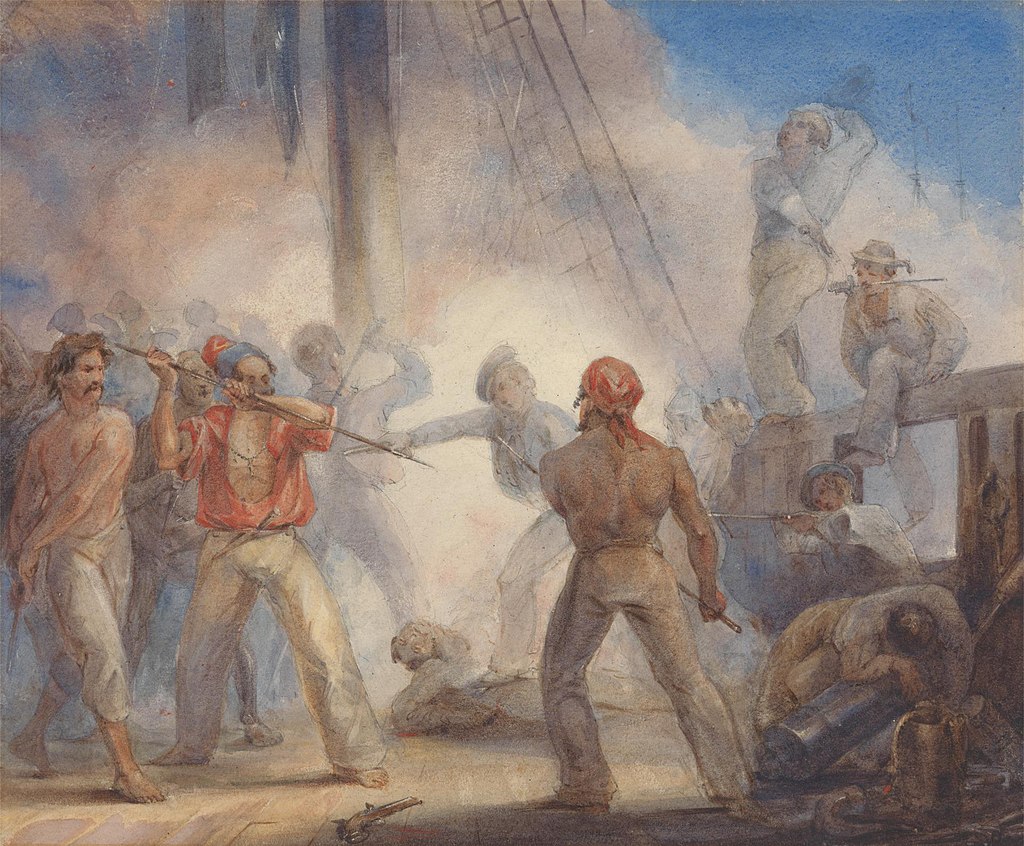 John Masey Wright on Wikimedia Commons
John Masey Wright on Wikimedia Commons
20. The Object of his Plan Was to Cut Out the Muslim Middlemen
Columbus's idea to find a western passage coincided with the end of one of the longest wars in history "The Reconquista," Spain's battle with Muslim kingdoms over the Iberian peninsula. Columbus managed to sell his idea to Spanish leaders as a way to forego reliance on Muslim merchants who controlled much of the waterways to Asia at that time.
KEEP ON READING

The 10 Youngest Monarchs In History & The 10 Oldest
Age Is Just A Number. Imagine being crowned king or…
By Chase Wexler Mar 11, 2025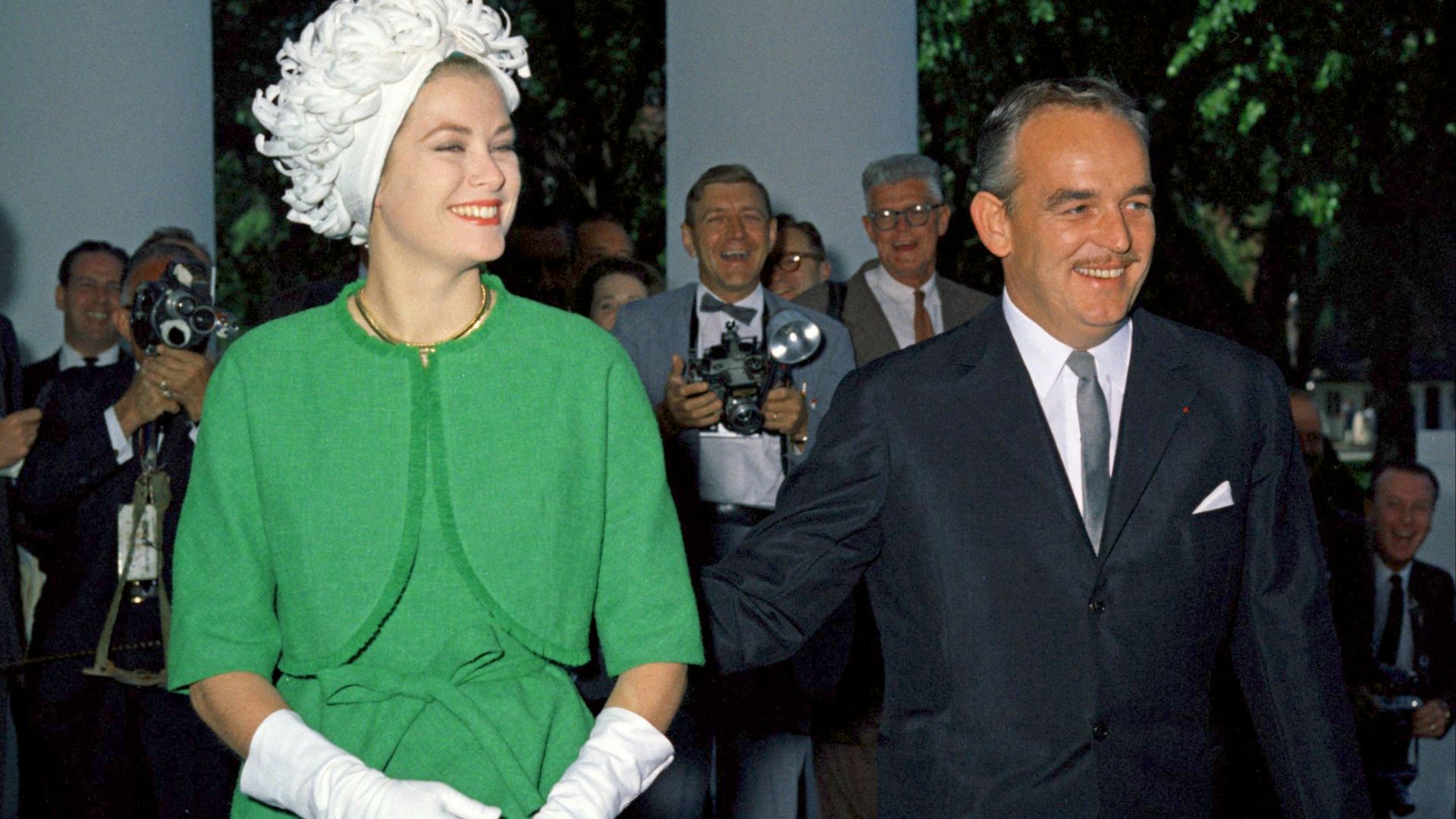
You Think You Have Problems? These Royal Families Were Cursed
Boasson and Eggler St. Petersburg Nevsky 24. on WikimediaHeavy is…
By Ashley Bast Dec 5, 2025
You Can Thank This Greek-Canadian For Creating Pineapple On Pizza…
Love it or hate it, pineapple on pizza sparks debate…
By David Davidovic Dec 1, 2025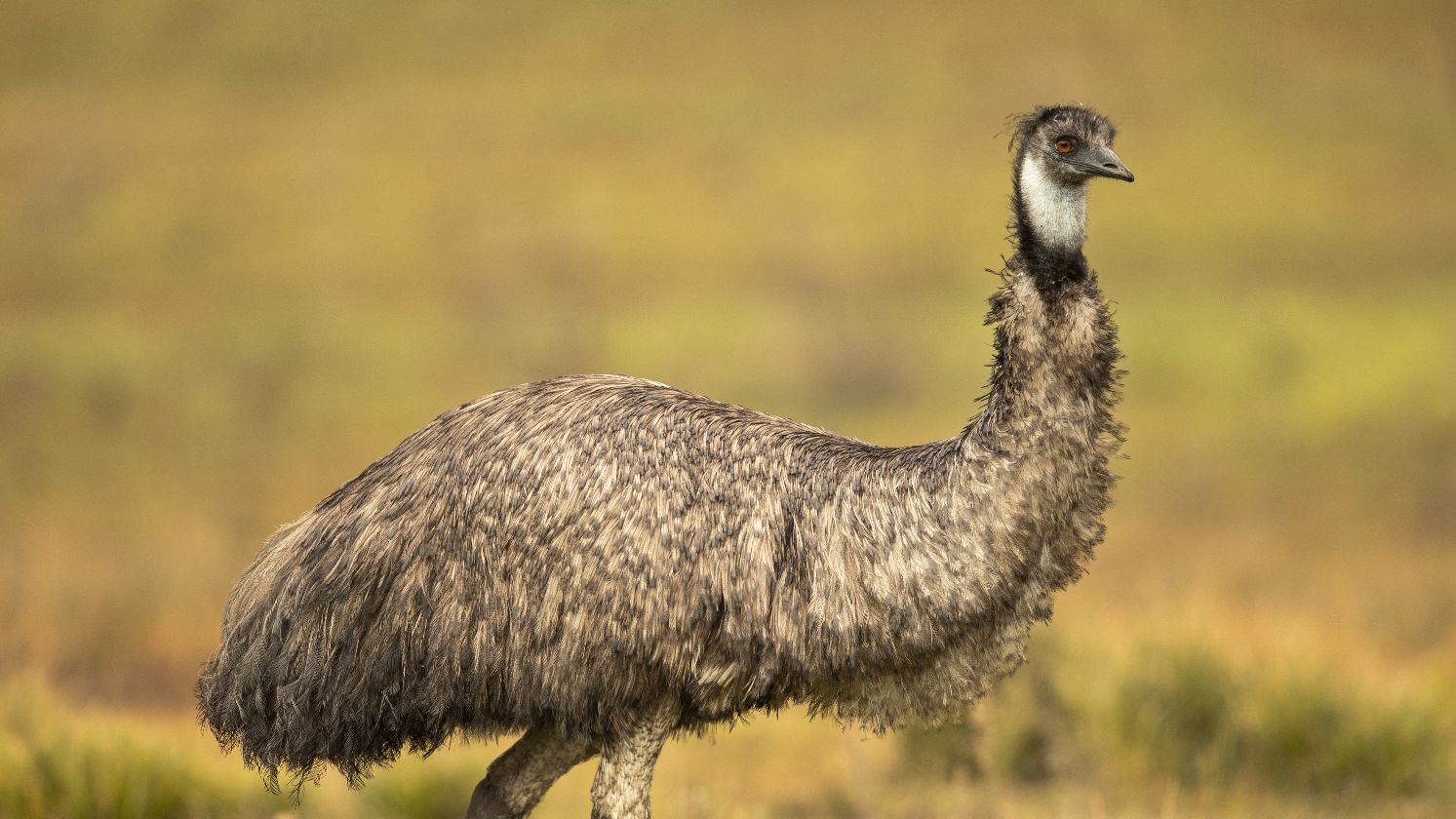
Yes, Australians Once Lost A Battle Against Flightless Birds
David Clode on UnsplashIn 1932, the Australian military went to…
By David Davidovic Nov 24, 2025
WWI Messages in a Bottle Just Washed Up on Australia’s…
Jayne Harris on UnsplashA century-old message in a bottle was…
By Cameron Dick Nov 13, 2025
Written By The Victors: 20 Names History Books Tried To…
History’s Forgotten Figures. It is said that history is written…
By Farva Ivkovic Jun 23, 2025


